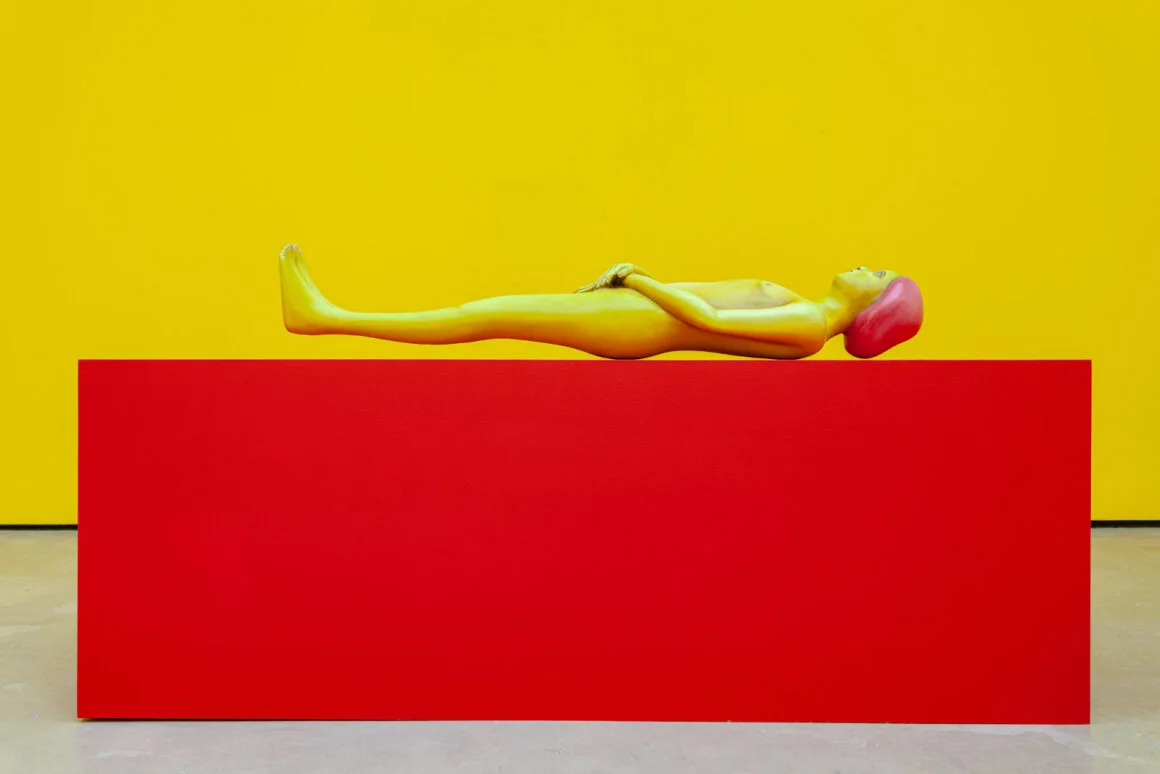Art & Finance Newsletter #33 - Where the Billionaires Are
Wishing everybody who reads this from Hong Kong a safe and secure week.
Onto the art market...
Where the Billionaire Buyers Are
Here’s a fun fact: when Leonardo da Vinci’s “Salvator Mundi” (c. 1500)came to auction in December of 2017, it was placed in a contemporary art sale by Loïc Gouzer, Christie’s 37-year-old chairman of postwar and contemporary art. “How did 500-year-old painting fit into contemporary art?” wondered writer Michael Shnayerson. His conclusion: “Because that is where the billionaire buyers were.” The gambit worked, with the painting selling for $450 million dollars, the highest price ever paid for any work of art.
These telling anecdotes — and many more — are included in Shnayerson’s revealing new book BOOM: Mad Money, Mega Dealers, and the Rise of Contemporary Art. A diligent researcher who was able to interview many art world insiders, Shnayerson paints a vivid portrait of the dizzying ascent of contemporary art and the powerful succession of dealers responsible for its rise in price and status. He also connects the booming art market to the rise of a new class of super-rich, anxious to burnish the gleam of their jaw-dropping wealth with the patina of high culture.
Welcome to the new world of price as validation, where a record sale can rapidly erase any lingering doubts about an artwork’s cultural value. That was certainly the case with “Salvator Mundi,” as the “muttering of skeptics” about the painting’s sketchy provenance and over-zealous restoration was obliterated by 19 minutes of rapidly escalating bidding. The joke made by critic Jerry Saltz — that the 16thcentury painting was in a contemporary art sale because 90 percent of it had been painted in the last 50 years — clearly didn’t resonate with the market, which had been whipped into a frenzy by an international marketing push.
With over 2,200 billionaires holding assets of over $9 trillion dollars (as of 2018) Shnayerson describes a situation in which the mega-rich of a new “Gilded Age” have made contemporary art their favorite financial instrument. These nouveau super-rich dominate an interconnected, and often secretive market where buyers and sellers at auction are in fact stealth dealers working to bolster prices in a high-stakes circle jerk. Many also serve on museum boards, where their collections, donations, and dues exert a magnetic influence on exhibitions and acquisitions.
Hyperallergic - Where the Billionaire Buyers Are
Guarantees Swoop into the Old Masters Market
Financial guarantees—the art market’s hybrid of hedging risk and rolling the dice—are now finding their way into Old Master auction sales. As we wrote in our inaugural Auction Guarantee Analysis, guarantees are playing an increasingly important role at the top end of the Post-War & Contemporary art market, with guarantees frequently accounting for 50-60% of the total estimated value. While this phenomenon has become commonplace for Post-War & Contemporary sales, and even Impressionist and Modern sales, the Old Master sector is considerably new territory for financial guarantees.
Simply put, guarantees offer a high level of certainty (and security) for both the auction house and the seller. This agreement allows the auction house to secure a consignment and the seller receives a minimum price, regardless of the final hammer. Guarantees are a neon-sign of the increasing financialization of the market. But what does this mean for the Old Master market in particular?
The guarantee “status” of the Old Masters market is promising as it shows confidence in the sector like never before. Perhaps, the pendulum is swinging back towards the Old Masters market after hovering around the Post-War & Contemporary market for some time. This being substantiated by the decrease in guarantees and sales totals in Post-War & Contemporary sales this past June. It also shows signs of new opportunities for buyers and sellers, and as we explained in our Summer 2019 Old Master Paintings Report, recent art discoveries have pumped new life into the Old Masters market and auction houses are consciously re-branding Old Master weeks with a 21st century spin. All things considered, it seems the art market really is out with the new.
ArtTactic - Guarantees Swoop into the Old Masters Market
Family Claims Quarter Share of Disputed Isleworth Mona Lisa
The attribution of a painting known as the Isleworth Mona Lisa has been a matter of dispute for more than a century. Its owners say it was an earlier portrait by Leonardo da Vinci of the same woman, Lisa Gherardini, whose likeness hangs in the Louvre. Other experts believe it is a later copy of the world’s most famous painting.
This week it has emerged that the painting’s ownership is also bitterly contested. Giovanni Battista Protti, a lawyer based in Padua, represents a family who he says owns 25% of the portrait. A civil court in Florence, where the painting has been on show for the past six weeks, has now set a hearing for the ownership dispute for 9 September.
The Isleworth Mona Lisa was on display at the Palazzo Bastogi in Florence from 10 June until yesterday. According to Kym Staiff, a researcher based in Switzerland who has been investigating the provenance of the painting since 2004, it was the first time it had been exhibited in Europe for many years, and thus the first opportunity for Protti’s clients to try to seize it. Protti requested the Florence court and Italian Culture Minister Alberto Bonisoli to sequester the painting, which he says was imported and exhibited without his clients’ consent. So far, neither authority has done so.
The Art Newspaper - Family Claims Share of Mona Lisa
I'm guessing most of you are currently on summer holiday or about to leave for holiday. I do hope everybody is finding some time this summer for themselves and family.
Speak soon,
Blake
